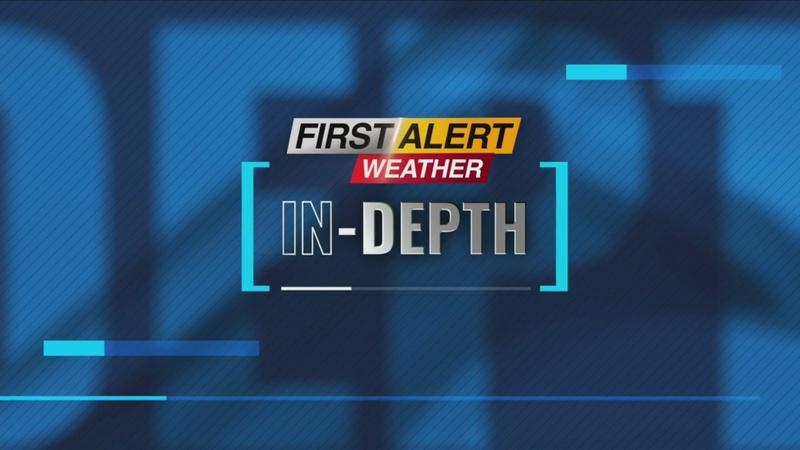First Alert Weather In-Depth: Urban heat island effect
[anvplayer video=”5127390″ station=”998131″]
ROCHESTER, N.Y. (WHEC) — Did you know that cities can actually change the weather? Well, at the very least the city can enhance the weather over a given area.
Here is an example: If you have a temperature that is near 85 degrees in the summer—and if the topography is very uniform, the temperature over distance is not going to change all that much. But if you add in some of those buildings, rooftops and roadways that will change things a great deal. Those man-made structures will emit radiant heat that is absorbed during the day. That additional heat will be added to the atmosphere because of those cars, buildings and factories. As a result, the temperature will go up in the city center. This is still highly dependent on wind and proximity to Lake Ontario, but as we go through the late afternoon and evening hours there can be a difference of some 10 degrees in the temperature from the center city to the outlying areas.
I know this is the case because when I was a college student many years ago at SUNY Brockport we did a little experiment. We got a lot of our fellow students together and we drove, with thermometers, starting at the Liberty Pole. And we measured the temperature driving out of the city. Sure enough, we could see the modification in the temperature.
